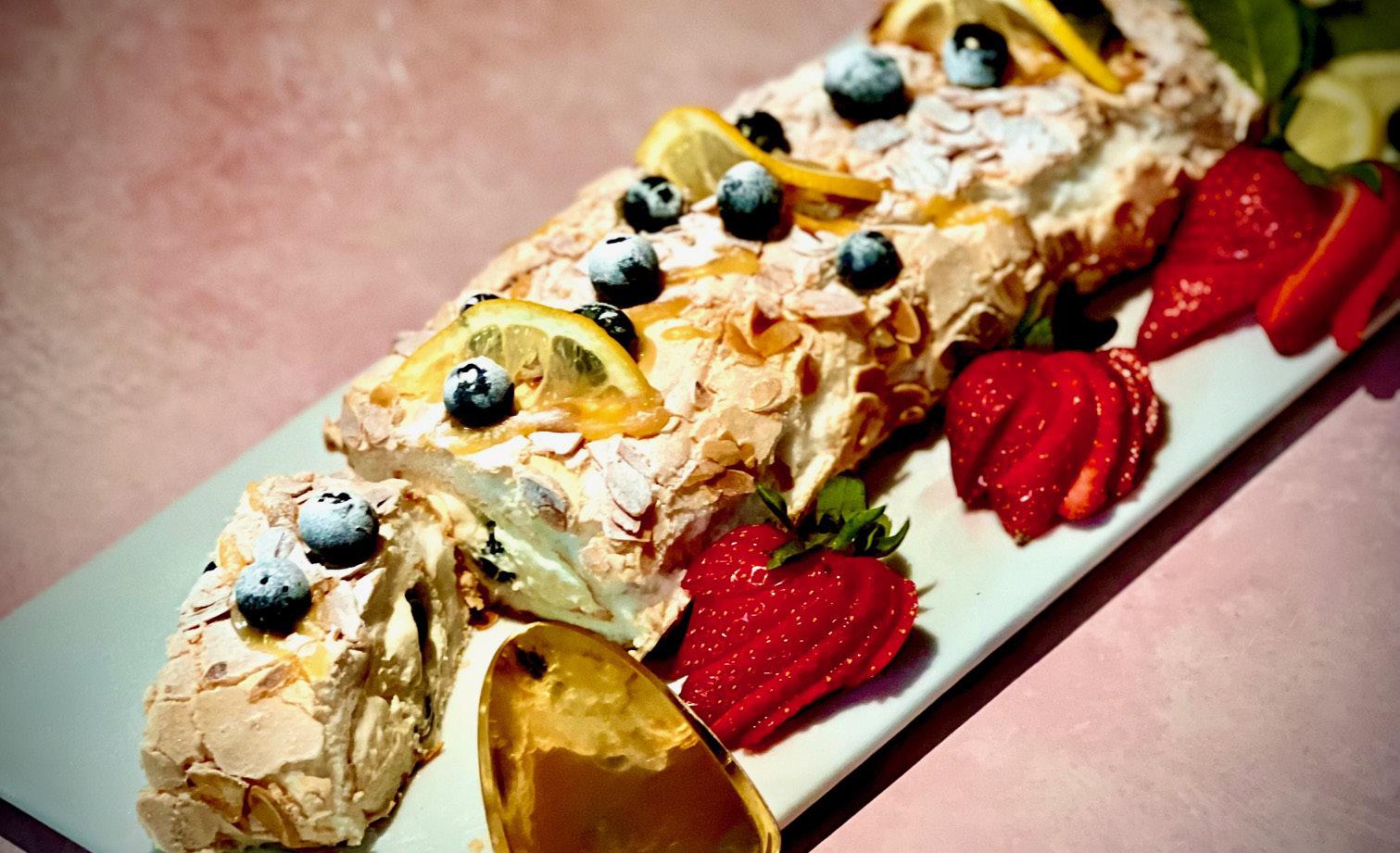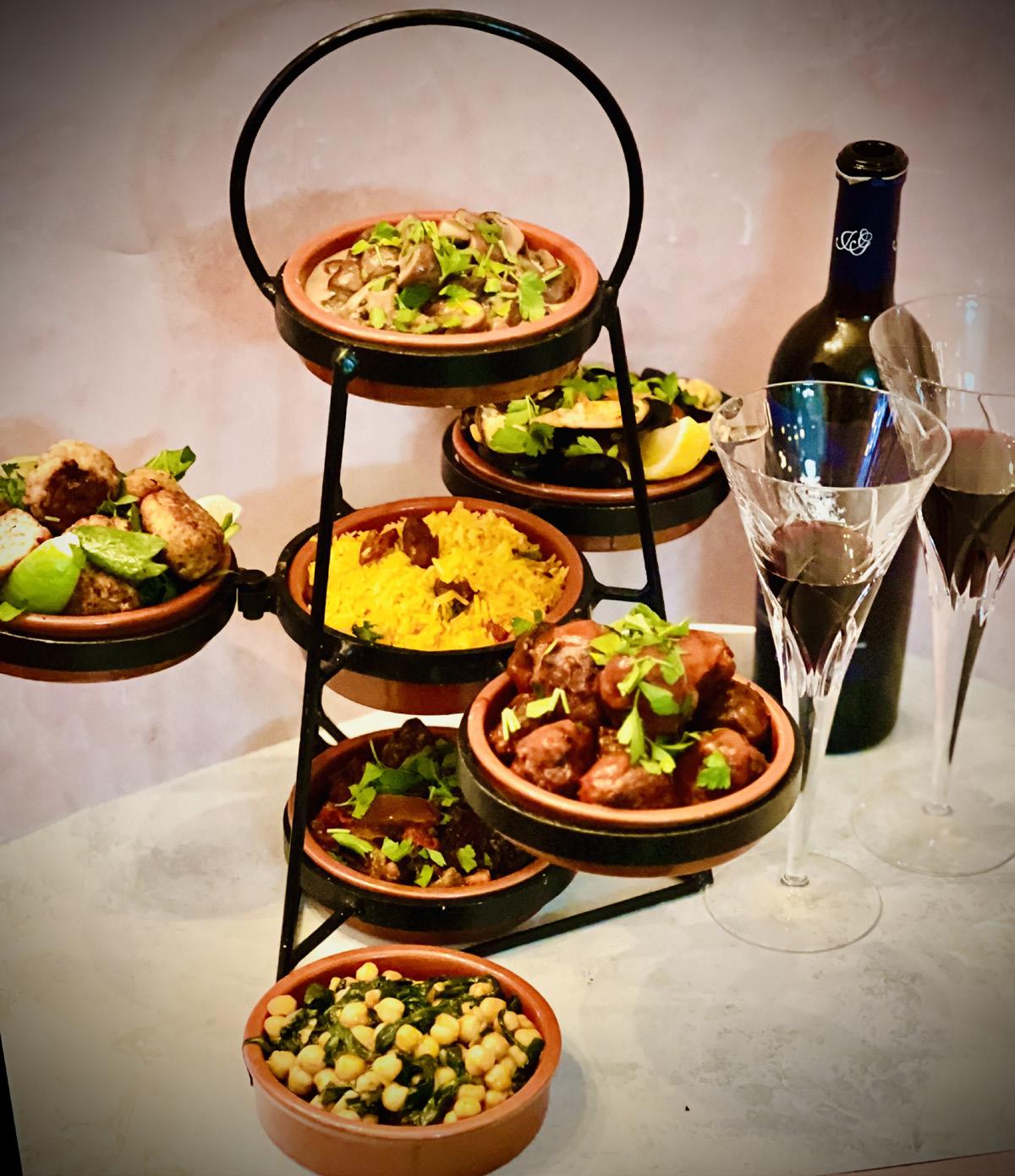
2 minute read
The History Of Bereavement Jewellery with Moira Carmenate
Bereavement jewellery, also known as mourning jewellery or memorial jewellery, has a long history dating back centuries. It is a form of jewellery that people wear to commemorate and remember loved ones who have passed away. The practice of wearing mourning jewellery has evolved over time and varies across cultures, but the underlying purpose remains the same: to provide a tangible connection to the deceased and offer comfort during the grieving process.
The origins of mourning jewellery can be traced back to ancient civilizations such as the Egyptians, Greeks, and Romans. These civilizations believed in the afterlife and wore jewellery containing symbols and motifs associated with death and the deceased. For example, ancient Egyptians often wore amulets and pendants depicting gods and goddesses associated with the afterlife, such as Anubis or Osiris.
Advertisement
During the Victorian era (1837-1901), mourning jewellery gained significant popularity and became more elaborate and symbolic. Queen Victoria herself set a precedent for mourning practices after the death of her husband, Prince Albert. She wore mourning attire and jewellery for an extended period, and this influenced the social customs of the time. Mourning jewellery during the Victorian era often featured black enamel or onyx, jet, or dark gemstones such as garnet or black onyx. It could take various forms, including lockets, brooches, rings, bracelets, and even hair jewellery.
Hairwork, where locks of the deceased's hair were woven or braided into jewellery, was a common practice. In fact we were recently asked by a client of ours to collect a piece of hair from her loved one before the cremation and the hair was subsequently included in a beautiful piece of hand made jewellery.
The style and symbolism of mourning jewellery evolved throughout the Victorian era. Initially, pieces were designed to be somber and discreet, but over time, they became more ornate. The use of intricate engravings, gemstones, and motifs such as skulls, angels, urns, and weeping willows became prevalent. Mourning jewellery served to express grief and communicate mourning status within society.
With the advent of the 20th century, mourning practices began to change. World War I had a significant impact on society, and mourning jewellery became less common. The focus shifted from elaborate mourning rituals to commemorating the deceased through photographs and other personal mementos.
In recent years, there has been a resurgence of interest in memorial or bereavement jewellery. Modern designs often incorporate meaningful symbols, birthstones, or personalized engravings to honor and remember loved ones. Many jewellers now offer custom-made pieces that can include the ashes of the deceased or other elements such as fingerprints or handwriting.
Today, bereavement jewellery serves as a personal and sentimental way to keep the memory of a loved one close. It provides comfort and solace during the grieving process and serves as a tangible reminder of the connection between the living and the deceased.
Here at White Doves we work with a specialist goldsmith with many years’ experience working in Hatton Gardens in London and are delighted to be able to create beautiful pieces of handmade jewellery, created with love and integrity.






















